#constructivism
Text

Alexander Rodchenko (1891-1956) — Linearism II [oil on canvas, 1920]
717 notes
·
View notes
Text

Sergey Mikhailovich Bordachev, 1970s
676 notes
·
View notes
Text

International Exhibition of Modern Art. 1926. Catalog cover.
Internet Archive
#modern art#graphic design#typography#constructivism#cover#covers#red and black#brooklyn museum#1926#1920s
203 notes
·
View notes
Text

Naum Gabo
Linear Construction in Space No.2., 1957-58
1K notes
·
View notes
Text

Palanga. 2023
201 notes
·
View notes
Text

Book cover of "Use the Poster Skillfully" (1928)
112 notes
·
View notes
Text


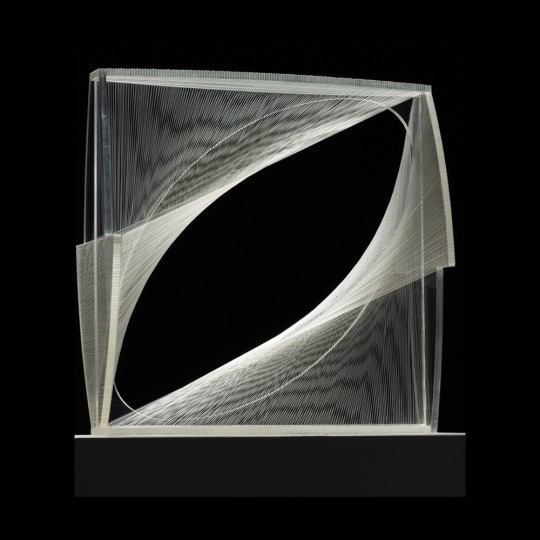
Naum Gabo, Linear Construction NO. 1 , 1963/64 (Design 1942/43) Via Kunsthalle Hamburg
In the 1930s, the Russian constructivist came across models that mathematicians had built from wire, wood and fabric threads in the 19th century. They were used to visualize geometric formulas and thus a hypothetical space in the real world. Gabo created works of art in which he worked in a similar way. He wound spin two nylon threads around acrylic glass plates, an exploration of space with the means of art. The British sculptor Henry Moore commented on Gabo's artworks in 1983: "His structure always became space itself."
321 notes
·
View notes
Text


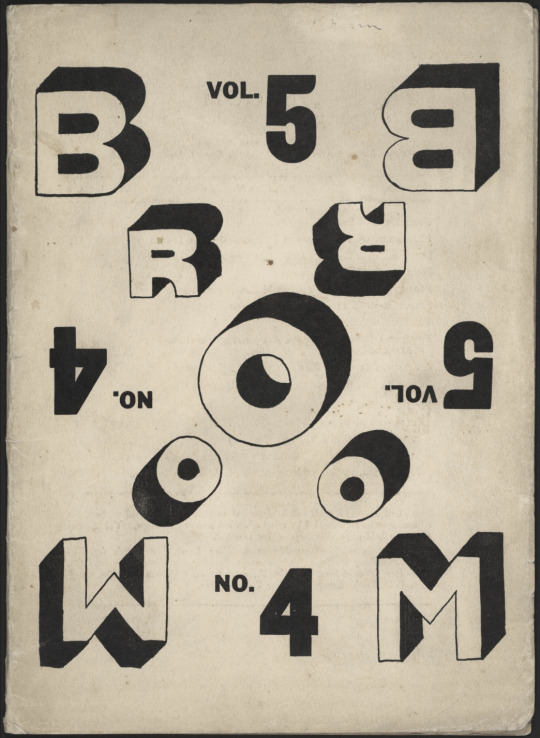


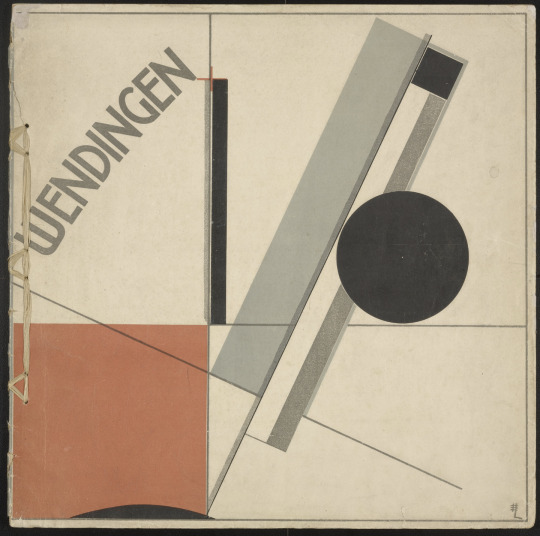
El Lissitzky
#graphics#graphic design#design#russian constructivism#russian design#el lissitzky#constructivism#shape#colour#type#text and image#composition
178 notes
·
View notes
Text
Hans Wittwer, Restaurant at Halle/Leipzig Airport, 1931

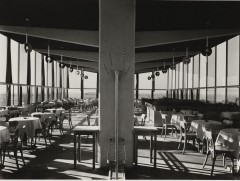
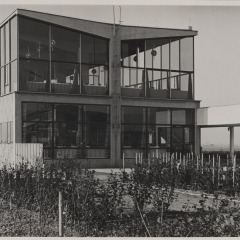


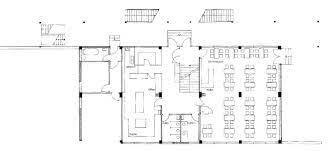
#art#avantgarde#architecture#constructivism#modernism#design#bauhaus#german art#hans wittwer#walter gropius#restaurant
145 notes
·
View notes
Text
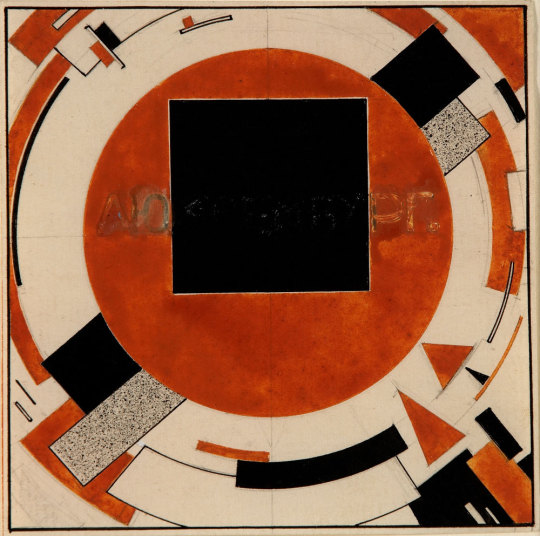
Monument to Rosa Luxemburg, El Lissitzky, (1919-1921). The State Museum of Contemporary Art in Thessaloniki, Greece.
#oil painting#art#painting#oilpainting#oil on canvas#soviet art#soviet#constructivism#ussr#el lissitzky#rosa luxemburg#suprematism#modern art#modern#soviet painting#russian art
828 notes
·
View notes
Text

"The Athlete of the Future," Kazimir Malevich, 1913.
110 notes
·
View notes
Text
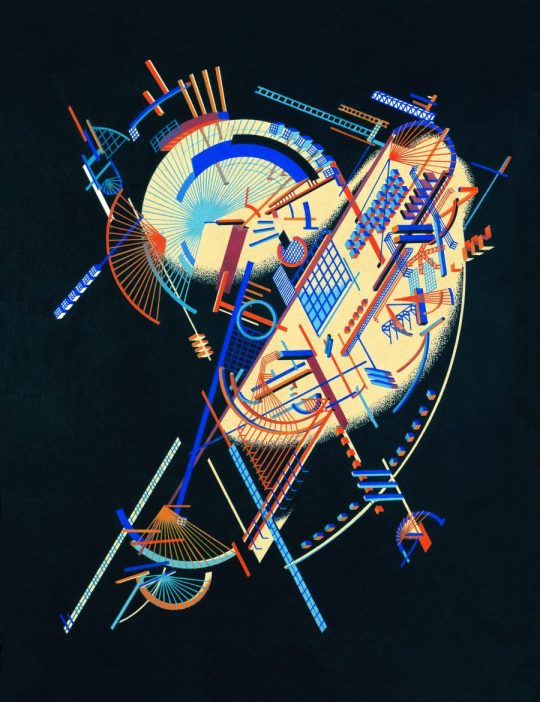
Yakov Chernikhov (1889-1951) — Architectural Fantasies № 95 [Leningrad, 1929-1932]
479 notes
·
View notes
Text

Kazimir Malevich
Adam and Eve 1908
331 notes
·
View notes
Text
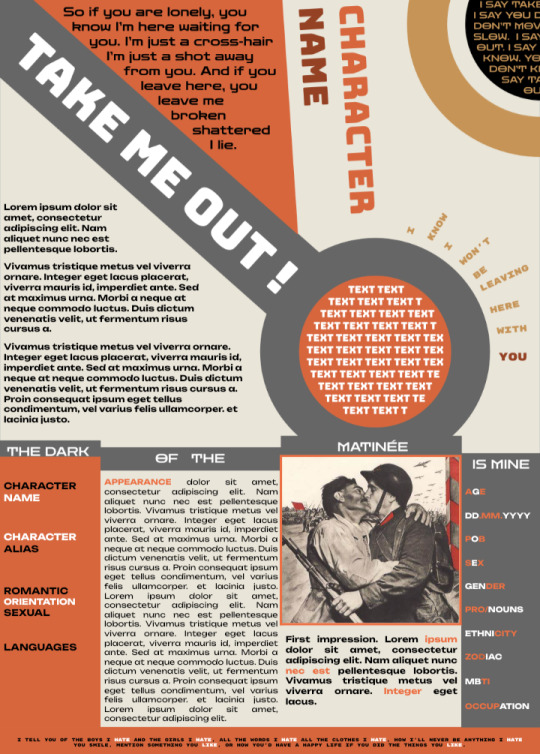
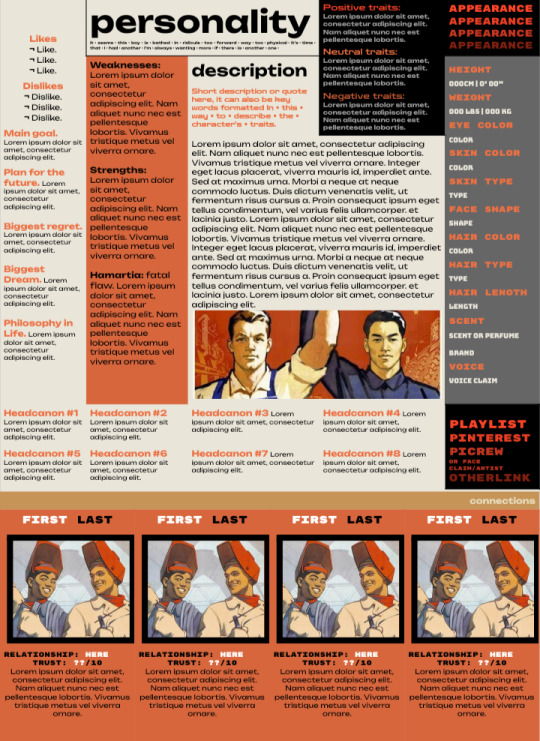

Take Me Out , a character sheet inspired by constructivism and Franz Ferdinand!
It has 3 pages with detailed prompts, sadly it's not mobile friendly as the first page has drawings, and is F2U/pay what you want!
- You can edit it as you please, but don't claim as your own.
- Don't delete the credits!
- Have fun!
Or stress yourself out filling each space as I do, however your creative process goes.
41 notes
·
View notes
Text
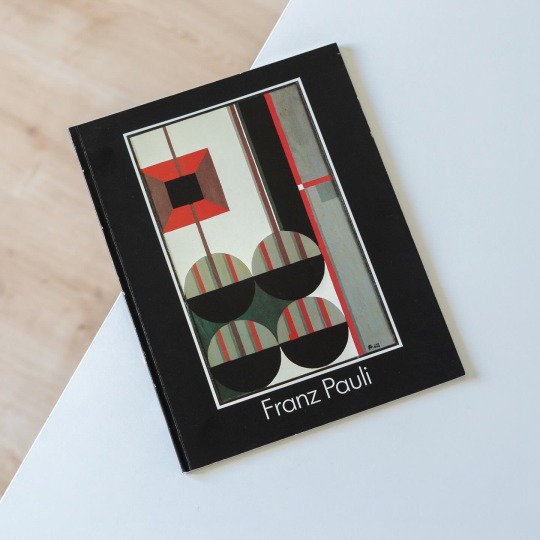

From time to time I discover largely forgotten artists and architects whose work immediately strikes me as original and which leaves me wondering why they aren’t better known. One such artist is Franz Pauli (1927-70), a painter and stained glass artist based in Cologne. In fact Pauli studied biology and art at the Cologne Werkkunstschule, the Düsseldorf Art Academy and Cologne University to become a teacher but never worked as one. Among his teachers were Otto Pankok in Düsseldorf and Friedrich Vordemberge-Gildewart in Cologne and especially the latter’s example of Constructivism had a lasting impact on Pauli: up until his untimely death Pauli refined his constructivist language towards a highly individual idiom characterized by distinctive sense of rhythm and order inspired by technical symbols and circuitry. This formal vocabulary he also applied in his manifold stained glass designs for churches in predominantly the Cologne, Paderborn and Essen dioceses.
The present little book, published alongside the artist‘s retrospective exhibition at Maternushaus Köln in 1988, contains a brief cross-section of Pauli‘s œuvre that includes stained glass works, graphics, paintings and gouaches. The latter are characterized by horizontal and vertical layers that sometimes even include figurative elements, a significant deviation from his other works. It seems that Pauli despite his largely constructivist art never completely abandoned figuration as it frequently appears in his stained glass works too. In spite of his early death the artist left a very interesting and diverse oeuvre that unfortunately is very much forgotten.
#franz pauli#constructivism#modern art#art book#art history#forgotten artist#book#exhibition catalogue
56 notes
·
View notes
Text
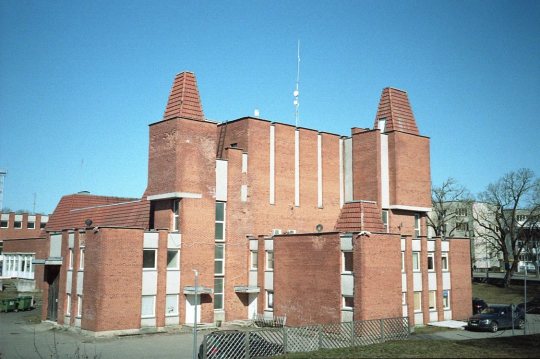
Trakai. 2024
25 notes
·
View notes